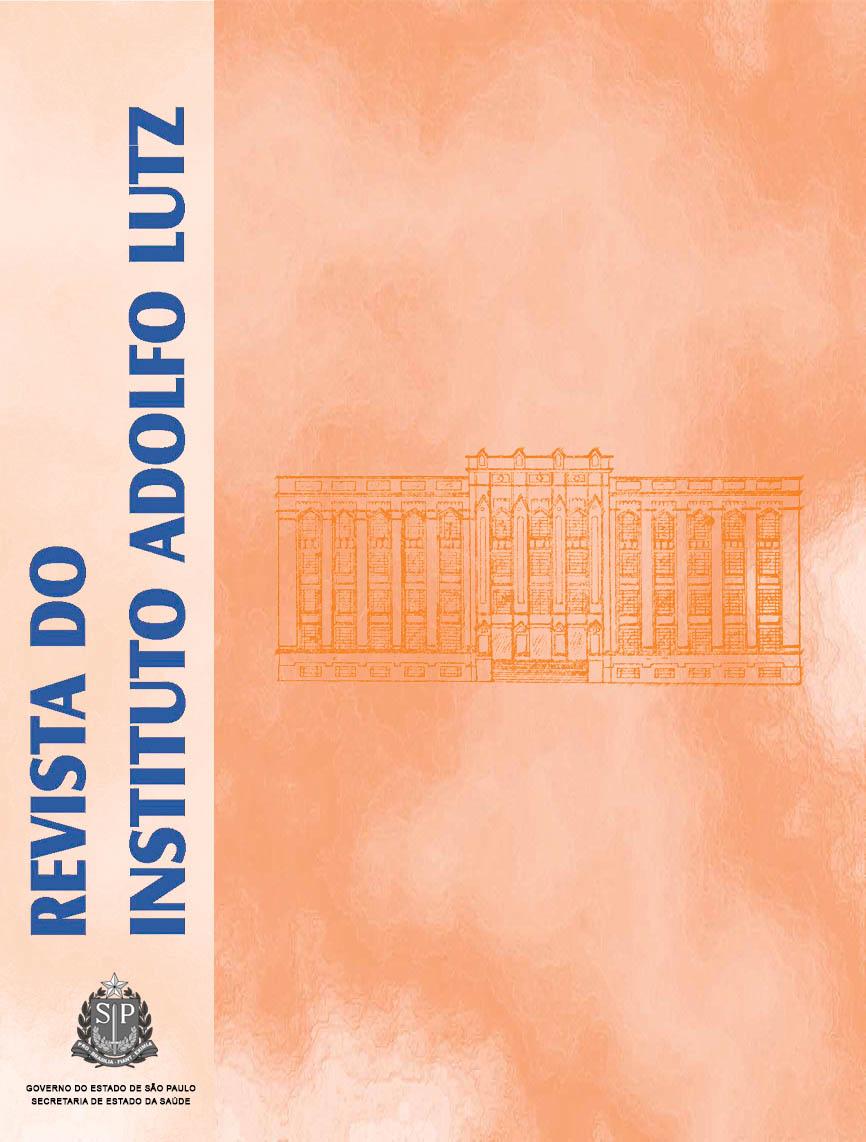Chagas Disease: vector status in the city of Limoeiro do Norte – CE, during the period from 2006 to 2009
Keywords:
Chagas disease, triatomines, prevalence, infection rate
Abstract
In Brazil, among the endemic vector-borne diseases, Chagas disease has been considered one of the most important public health problems. The present study aimed at estimating the prevalence of triatomines infected with Trypanosoma cruzi in the city of Limoeiro do Norte, CE, Brazil. This investigation was conducted by consulting the archives of the Chagas disease control program of the Health District of Limoeiro do Norte for the period from 2006 to 2009. The study included dead or alive, adults and nymphs triatomines, which where captured during the investigated period. During the four-year study, 2,863 specimens of nymphs and adults insects were captured from the domestic and peridomestic areas; 2,756 were examined, representing 96.3 % of collected specimens. The insect infection rate was 7.9 % in four-year study. The number of captured nymphs was nearly three times higher than the number of adults; however the number of nymphs infected with the flagellate (5.30 %) was lower than the number of adults form (15.85 %). Limoeiro do Norte showed a high risk for Chagas disease transmission, suggesting that the control actions should be intensified in this city to prevent the disease transmission and the vector spread.
Published
2013-04-25
How to Cite
Vasconcelos, A. S. O. de B., Freitas, E. C., Duarte, M. C., Lima, M. M., Pereira, L. dos S., Soares, K. C. M., Coelho, H. L. L., & Oliveira, M. de F. (2013). Chagas Disease: vector status in the city of Limoeiro do Norte – CE, during the period from 2006 to 2009. Revista Do Instituto Adolfo Lutz, 72(4), 295-301. Retrieved from https://periodicoshomolog.saude.sp.gov.br/index.php/RIAL/article/view/32931
Issue
Section
ORIGINAL ARTICLE










